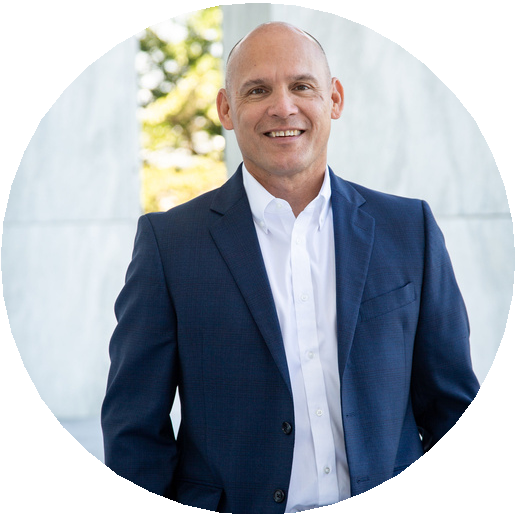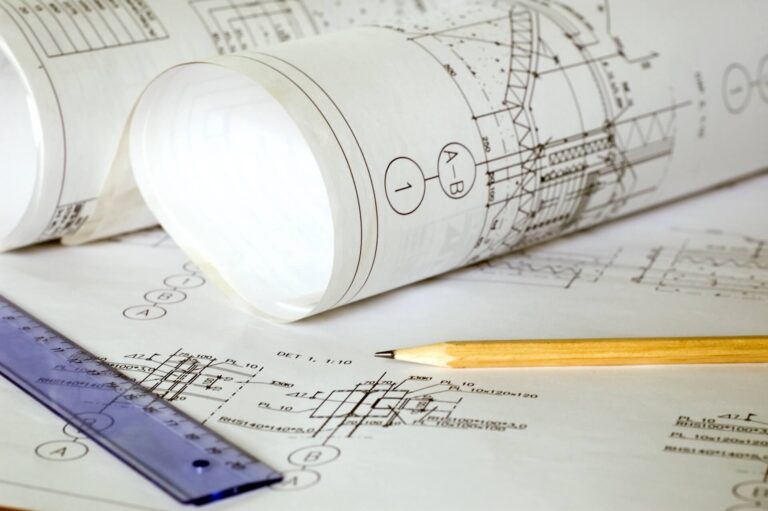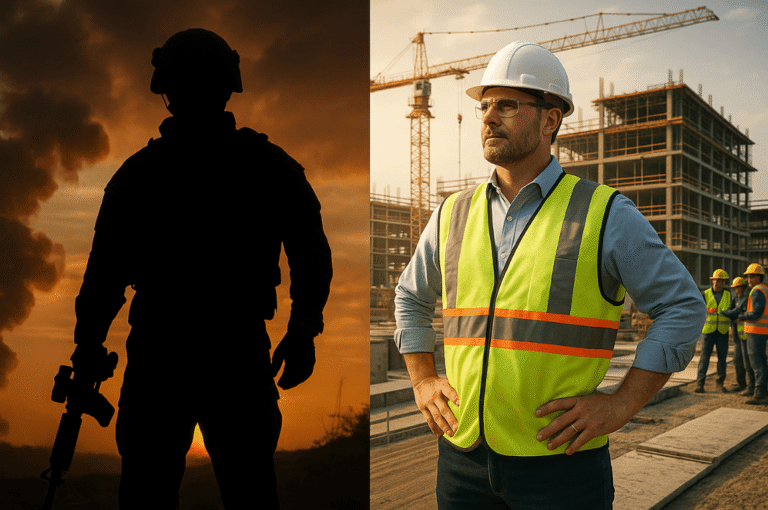Leadership & Organizational Effectiveness
Clarity Under Pressure: How Elite Leadership Thinking Drives Results in Complex Construction Projects
Clarity under pressure isn’t loud – it’s composed, decisive, and contagious.

ROGER DAUB
FOUNDER, HASTA ADVISORS

In the fog of high-stakes construction projects, pressure is constant, but clarity is optional. That clarity, when it exists, is rarely the product of circumstance. It results from elite leadership thinking: the disciplined mindset that allows individuals and teams to make sound decisions, maintain alignment, and execute purposefully—even in chaos.
As a former US Army Ranger turned construction executive, I’ve operated in both battlefields and boardrooms. While the environments differ, the demands are strikingly similar. Uncertainty, competing priorities, and fragmented information threaten progress at every turn. What separates high-performing leaders isn’t access to better data—it’s how they think under pressure.
The Cost of Poor Thinking in Construction
In construction, the cost of poor thinking extends beyond financial implications. Projects stall, reputations suffer, and trust between stakeholders erodes. Delays occur not only due to weather or change orders but also arise from decision paralysis, unclear priorities, and breakdowns in communication.
More often than not, it’s the absence of clear, confident leadership in the “messy middle” of a project—the space between groundbreaking and ribbon-cutting—that causes results to unravel.
Elite Leadership Thinking: What It Looks Like
Elite leadership thinking isn’t just a mindset—it’s a disciplined approach to navigating complexity with clarity and intention. In the context of construction, where multiple teams, shifting constraints, and fluid information collide daily, this type of thinking becomes a strategic advantage.
Here are the foundational traits and behaviors that define elite leadership thinking in complex project environments:
- Mental Rehearsal Before Action
Elite leaders don’t just respond—they rehearse. They mentally walk through scenarios before stepping into the room or onto the job site. This mental preparation builds foresight.
Whether anticipating a delay from long-lead materials or navigating a tense stakeholder meeting, these leaders visualize outcomes, identify pressure points, and pre-plan pivot strategies. It’s not paranoia—it’s preparation. They ask themselves:
- What could go wrong here?
- What decision will be needed next week?
- Who do I need to align before this becomes a problem?
This approach is not about perfectly predicting the future—it’s about reducing surprises and building muscle memory for decisive action.
- Relentless Prioritization
In a world of competing demands, elite leaders ruthlessly prioritize. They focus not on doing more, but on doing what matters most. This isn’t about time management—it’s about energy and clarity.
When the job site is buzzing, deadlines are approaching, and everyone is calling for attention, these leaders calmly assess:
- What drives the schedule?
- What’s the bottleneck?
- What action creates the most leverage?
They are not seduced by busy work or distractions. They safeguard the team’s attention like a general protects their supply lines—because without focus, execution fails.
- Decisiveness with Humility
Elite leaders understand that waiting for perfect information is a trap. They collect just enough input to make a sound judgment before acting—with the humility to pivot if necessary.
They apply what the military often refers to as the “70% rule”: make a call when you’re 70% confident, informed by experience and supported by values. Waiting for 100% is often a delay in disguise.
Crucially, they don’t cling to ego. If a better path becomes clear, they adjust their course—without blame or baggage. This adaptability under pressure is what makes them trusted leaders.
- Clear Communication in All Directions
Elite thinkers don’t simply know the plan—they convey it with precision and intention. They clarify the complex without oversimplifying it.
They know how to brief an owner, engage a subcontractor, and calm a field crew — all in the same day, without compromising their integrity or intent.
Their tools include:
- Plain, visual language (diagrams, analogies, and dashboards)
- Repetition of key themes (“Here’s what we said, here’s what we did, here’s what happens next.”)
- Two-way communication—inviting feedback, not just issuing orders
In a swirl of ambiguity, they become translators of clarity.
- Composure as a Performance Tool
Pressure reveals character. Elite leaders don’t just manage stress—they use calm as a tool.
When schedules slip or a field issue ignites tempers, they anchor the team with their demeanor. They breathe slowly. They ask sharper questions. They pause before speaking.
This isn’t performative, it’s intentional. Composure creates a psychological safety zone in which others can think, speak, and solve rather than react and defend.
In high-stress environments, composure isn’t passivity—it’s a command presence.
These five disciplines do not focus on being the smartest person in the room; they prioritize clarity. In construction, where momentum is fragile and complexity is constant, clarity serves as a force multiplier.
Leading Through the Middle: Where Projects Are Won or Lost
Elite thinking isn’t just for crises; it’s for the mundane grind of execution. Project success is rarely determined by how a team starts or finishes—it’s defined by how they navigate the middle.
This is where leadership must do its best work:
- When the schedule slips, and the client is frustrated.
- When a trade is underperforming, and rework is compounding.
- When design changes ripple through procurement, logistics, and morale.
These moments don’t need heroes. They need clarity, command, and coordination. They need leaders who think at a higher level—and train their teams to do the same.
Creating a Culture of Clarity
Leaders who think clearly under pressure also build cultures that reflect that mindset. In practice, that looks like:
- Daily huddles with intention—not obligation.
- A focus on “why” before “how.”
- Empowering frontline supervisors to make real-time decisions within a framework.
- Leveraging tools (like Smartsheet or BIM-VDC) not just for tracking—but for transparency and foresight.
Final Thoughts: The Quiet Edge
Ultimately, clarity under pressure isn’t about having all the answers—it’s about knowing how to find them, how to communicate them, and how to drive action when the path isn’t obvious.
It’s not always loud. It’s rarely flashy. But it distinguishes the good from the great in construction leadership.
Because the best leaders don’t just build projects—they build momentum.



